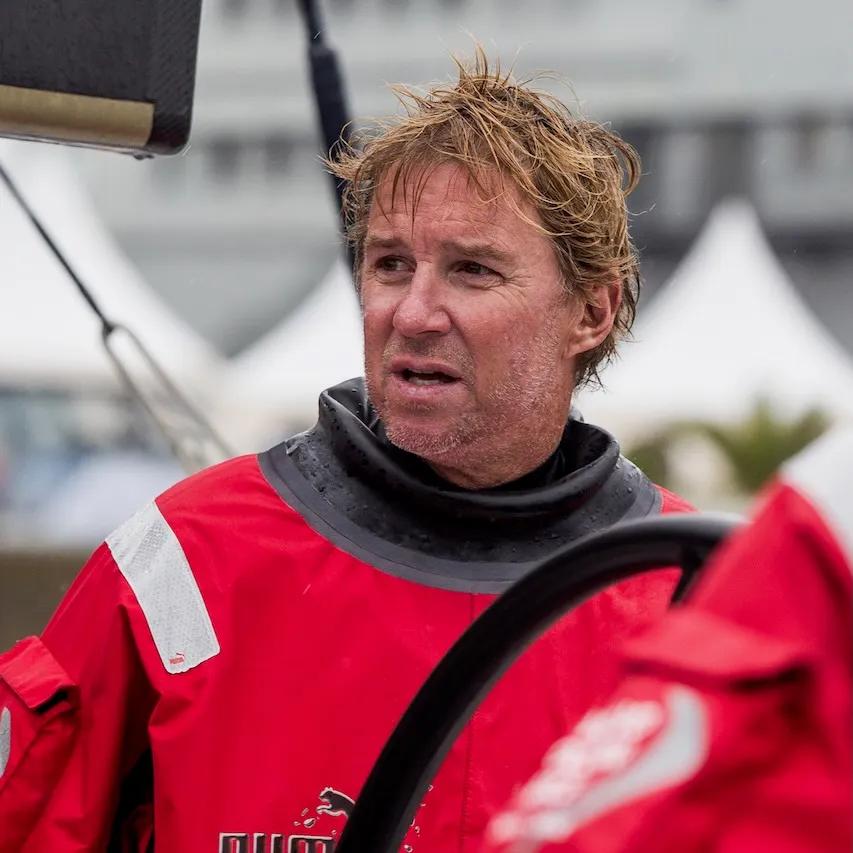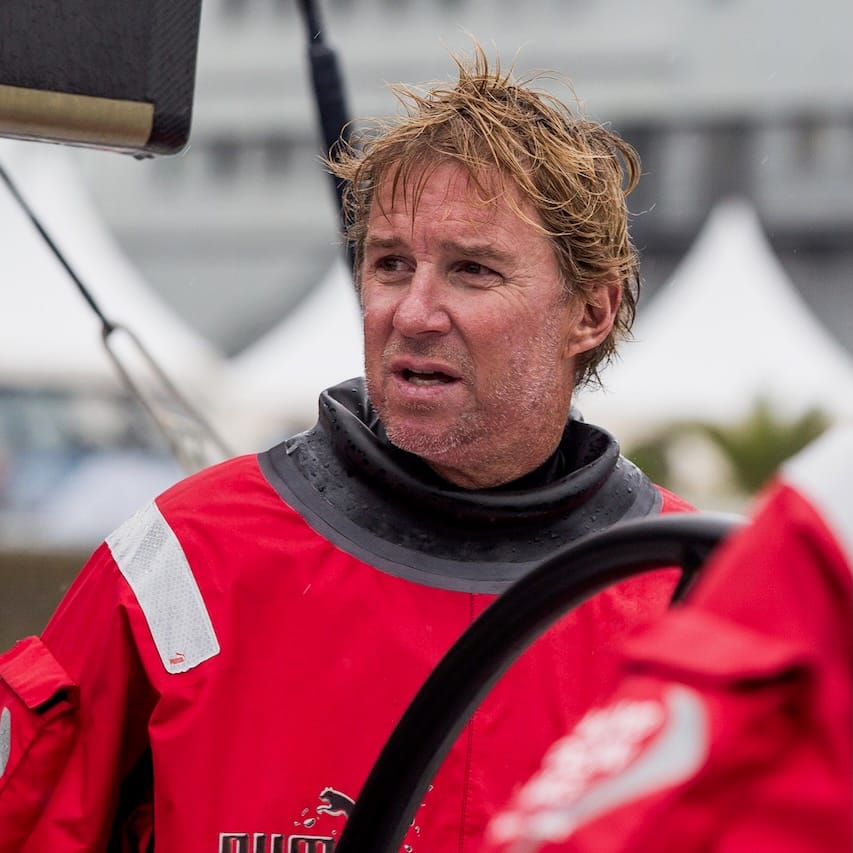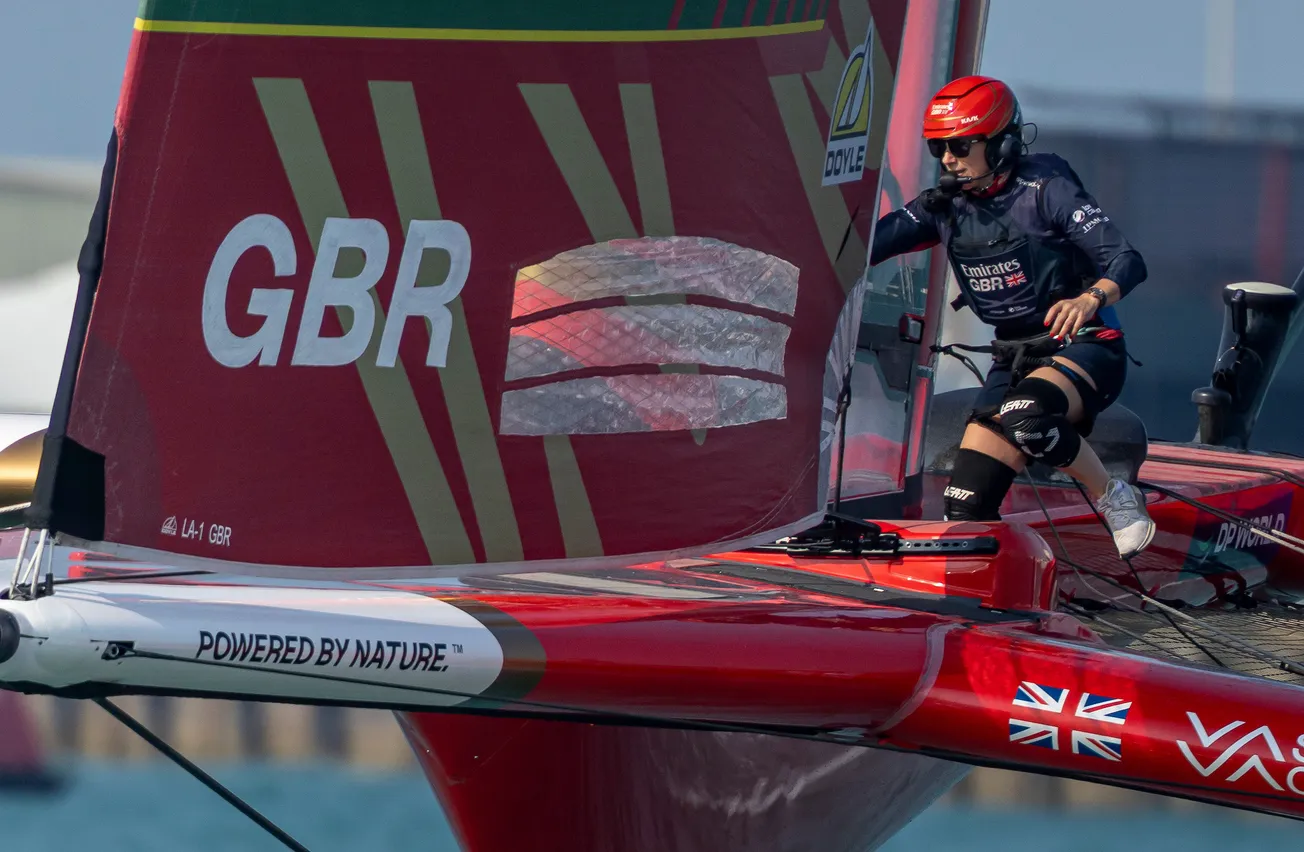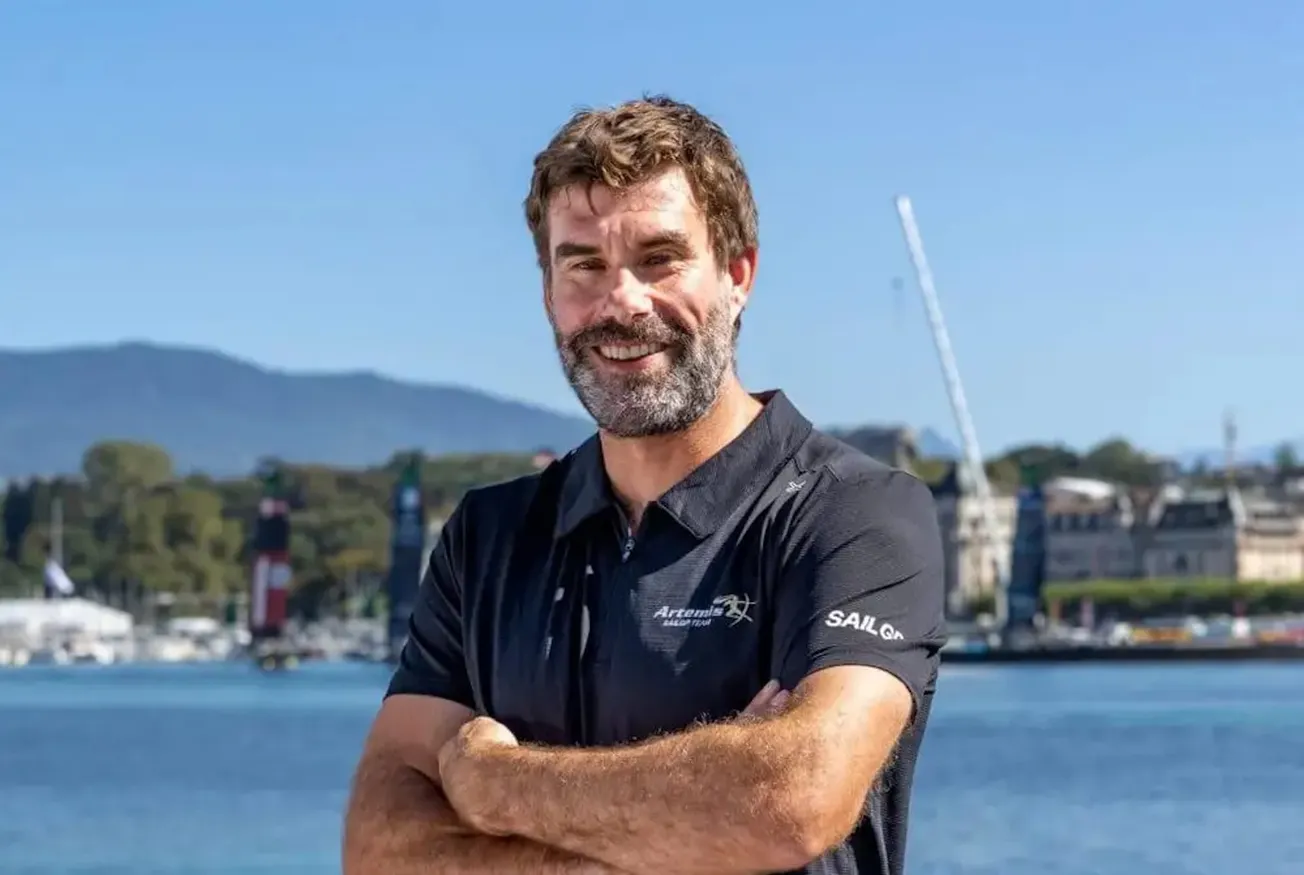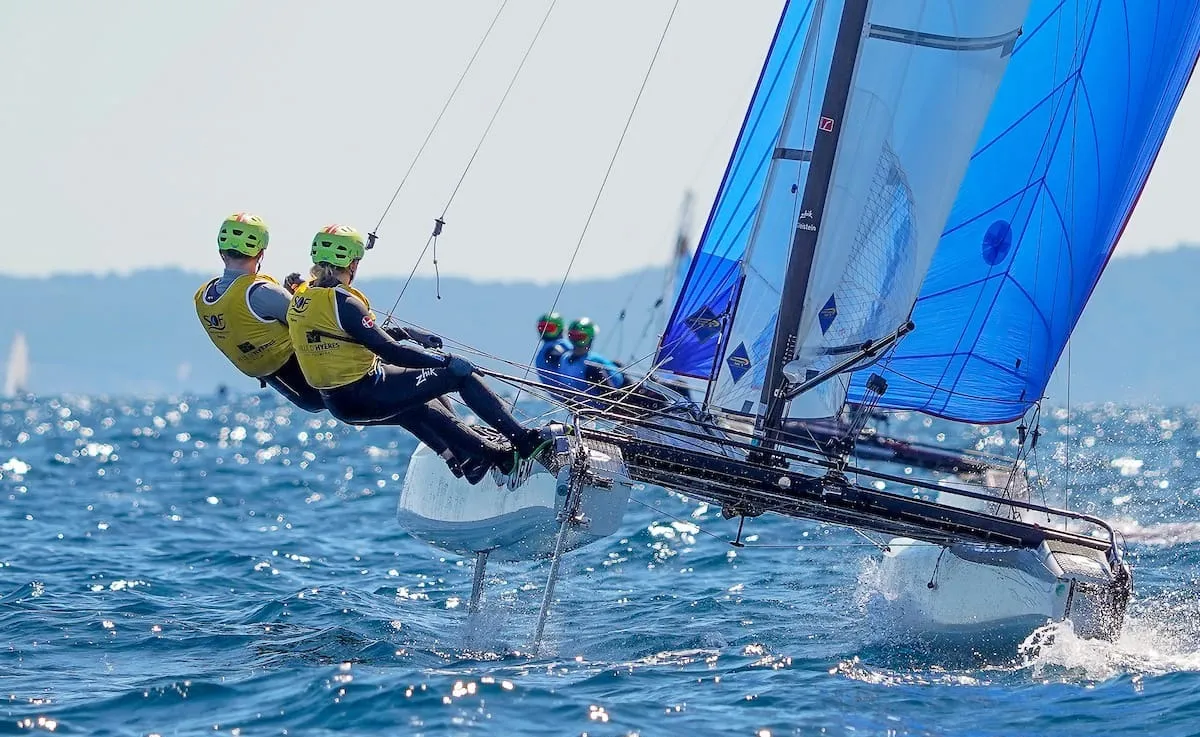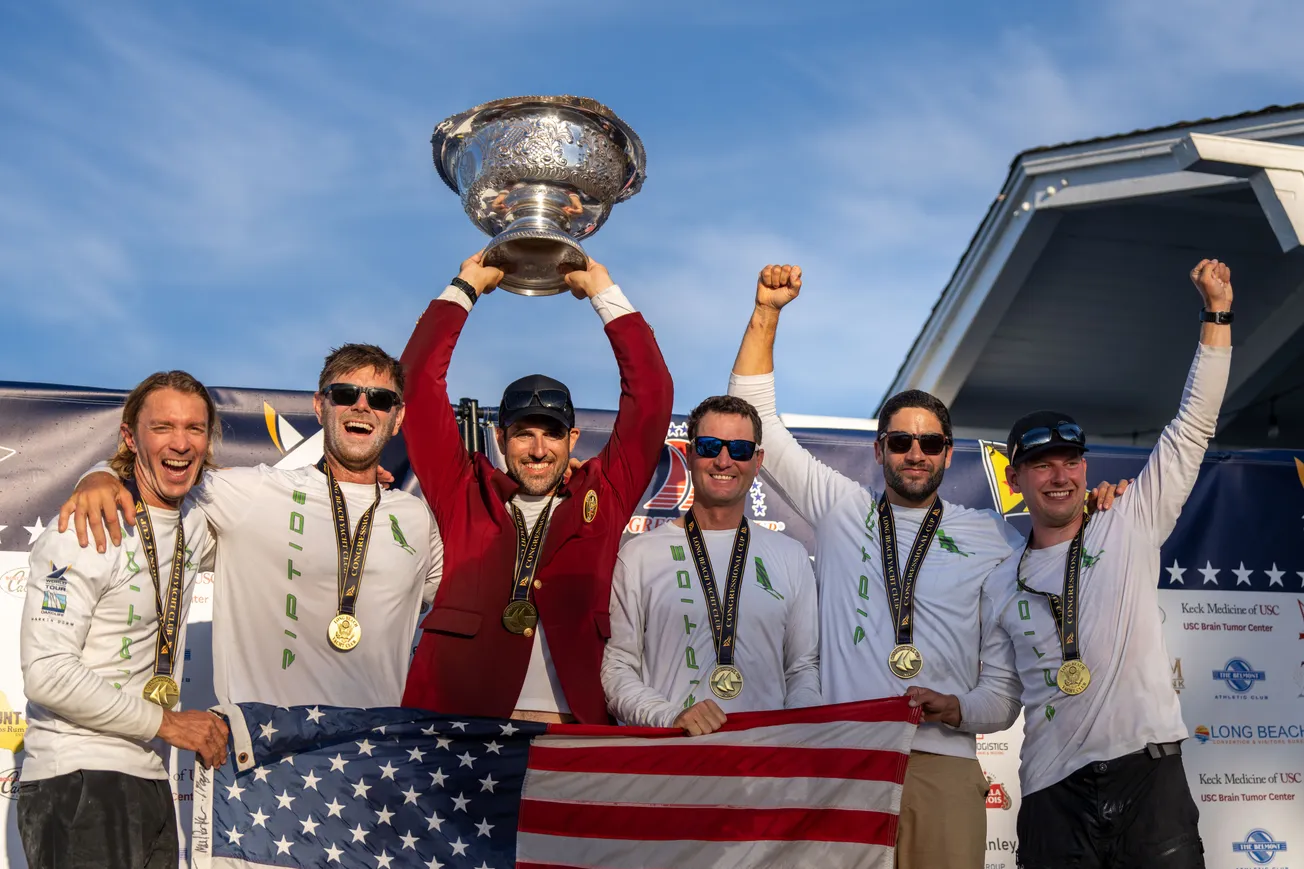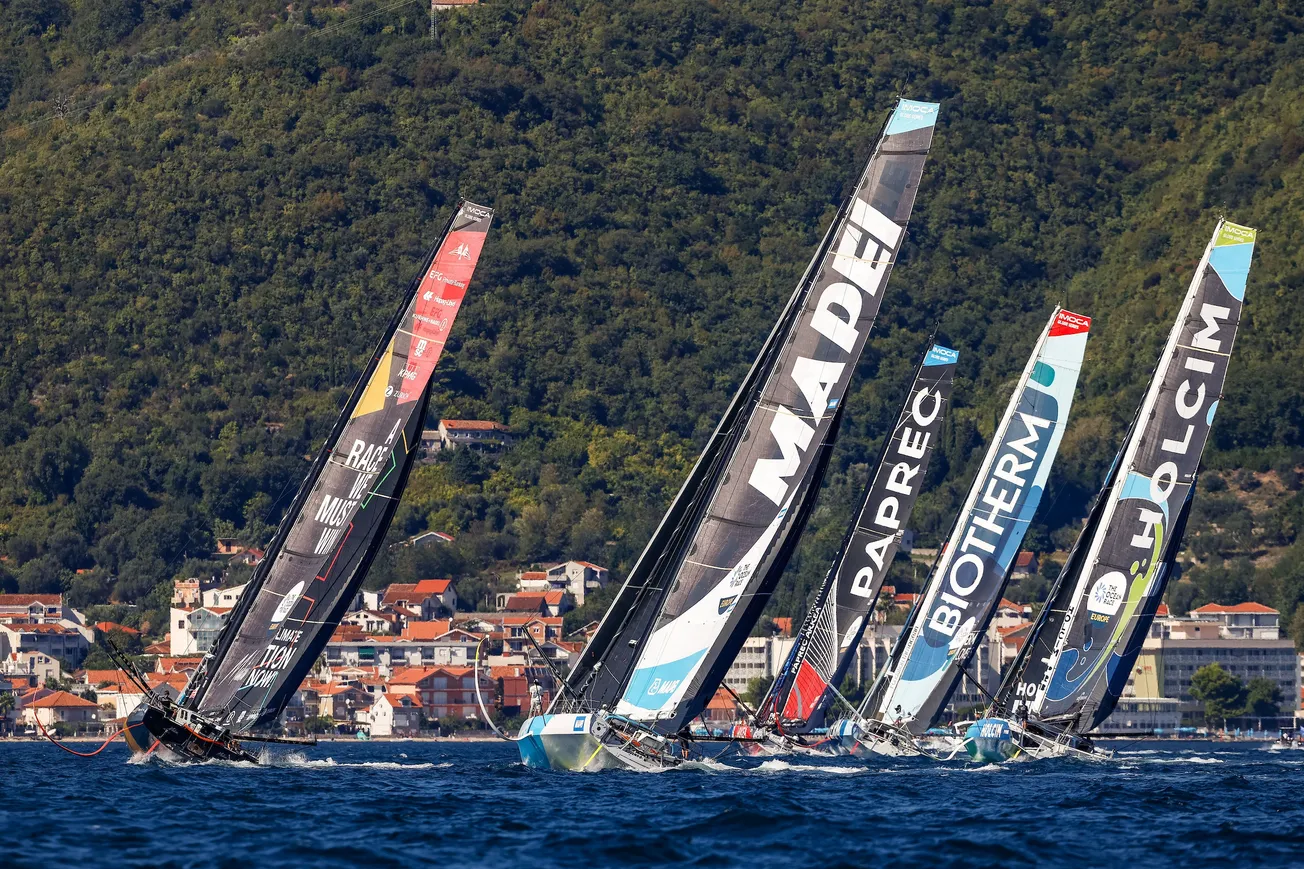Powered by RedCircle
We start our 45-minute chat with the IMOCA class. Kenny was glued to the last Vendée Globe like the rest of us, marvelling at the match race up front and the level of detail behind every campaign.
From there, we go deep into the design side. Ken talks about how the North Sails brain trust has gone full tilt on integrating aerodynamics and hydrodynamics — a shift driven by the America’s Cup but now baked into every serious offshore campaign. “It’s not sails and boats anymore,” he says. “It’s a single system.” And it’s not just designers and sailors in the loop. Software engineers, CFD specialists, VPP gurus — it’s a full-circle design process now, and if you’re not closing that loop, you’re getting left behind.
And what about the ongoing health of the IMOCA class in recent years? Stronger than ever, says Read. The French dominance isn’t a problem – it’s the reason the class works. The culture, the fan base, the sponsors, the European kids who grow up wanting to be offshore sailors — that’s the fuel in the tank. Sure, there’s chatter about needing more international flavour, but as Read puts it: “It’s kicking ass. Don’t mess with it.”
We veer into the age-old mystery of why this style of sailing hasn’t taken off in the States. There’s no simple answer, but Kenny gives it a go. He talks about a missing culture, a lack of aspirational heroes, and the need for more people to “give back” if the next generation is going to get inspired. “We just don’t have a pipeline,” he says.
Then comes the Ferrari segment. The Hypersail project is everything you’d expect from the Italian supercar maker: fast, sleek, secretive, and a little bit nuts. Read says it’s “IMOCAs on steroids,” with a dream team of designers and engineers (including Guillaume Verdier) and full integration of aero and hydro from the start. And yes, North Sails and Southern Spars are right in the thick of it. There’s even a Ferrari-branded performance clothing line in the works — because why not?
We move on to the Moth World Championship, where a kid named Enzo Balanger came out of nowhere to take down the heavyweights. Read credits Bruno Dubois with spotting the talent early — just as he did with Caudrelier years ago — and says Enzo’s win proves he’s the real deal. The Moth, he adds, remains a bleeding-edge test lab for sail design and control systems. Forget trickle-down from the Cup — the Moth is a two-way street for innovation.
So what about the rest of us non-foilers? Read says traditional sailing’s still alive and well — for now. But fast forward ten years, and don’t be surprised if kids are foiling on everything. “They’re not going to want to go back in the water,” he says.
Then there’s the offshore shift to sailing from inside — driven, Read says, by one thing: the violence of the waves, rather than the wind. “You get hit by a wall of water and find yourself in the back of the boat with half the wheel in your hand,” he recalls from his Volvo Ocean Race days. Safety is now the top priority, and he doesn’t see anyone going back outside anytime soon.
Is there still room for big boats like Comanche? Absolutely, says Read. Under IRC, there’s a thriving maxi scene, and boats like V (formerly Tango), which he’s now helping to campaign, are keeping the sport accessible for owner-drivers who want to race hard and have fun. It’s a different model than the pure sports-team setups like Comanche — and both have a place, he argues, as long as they’re structured right and owners are supported.
We close with a chat about the America’s Cup — where Read says the return of sails to the event has been a huge boost for innovation at North. It’s also put North’s young designers on fast-forward career tracks — which is good news for everyone. Yes, the helmets and closed cockpits make the sailors less visible, and yes, there’s a loss of personality on screen, but Read says that’s the trade-off when pushing this hard into the future.
And just before signing off, we tip the hat to Kenny’s upcoming induction into the US National Sailing Hall of Fame. He’s clearly chuffed — especially for his 91-year-old father, who’ll be there to see it. “I never dreamed this big,” he says. “I’m a next-regatta kind of guy.”
A must-listen episode with one of the sport’s most connected individuals.


